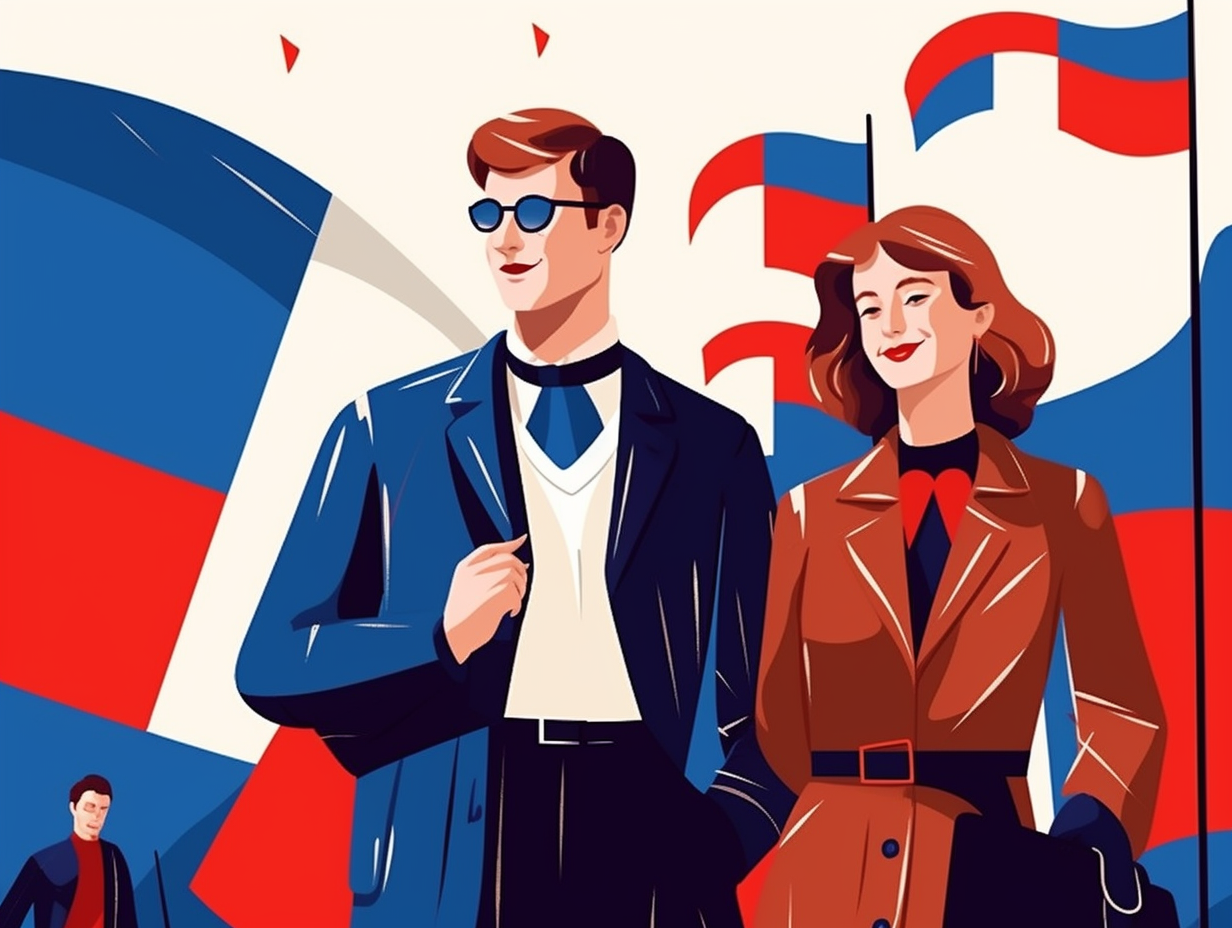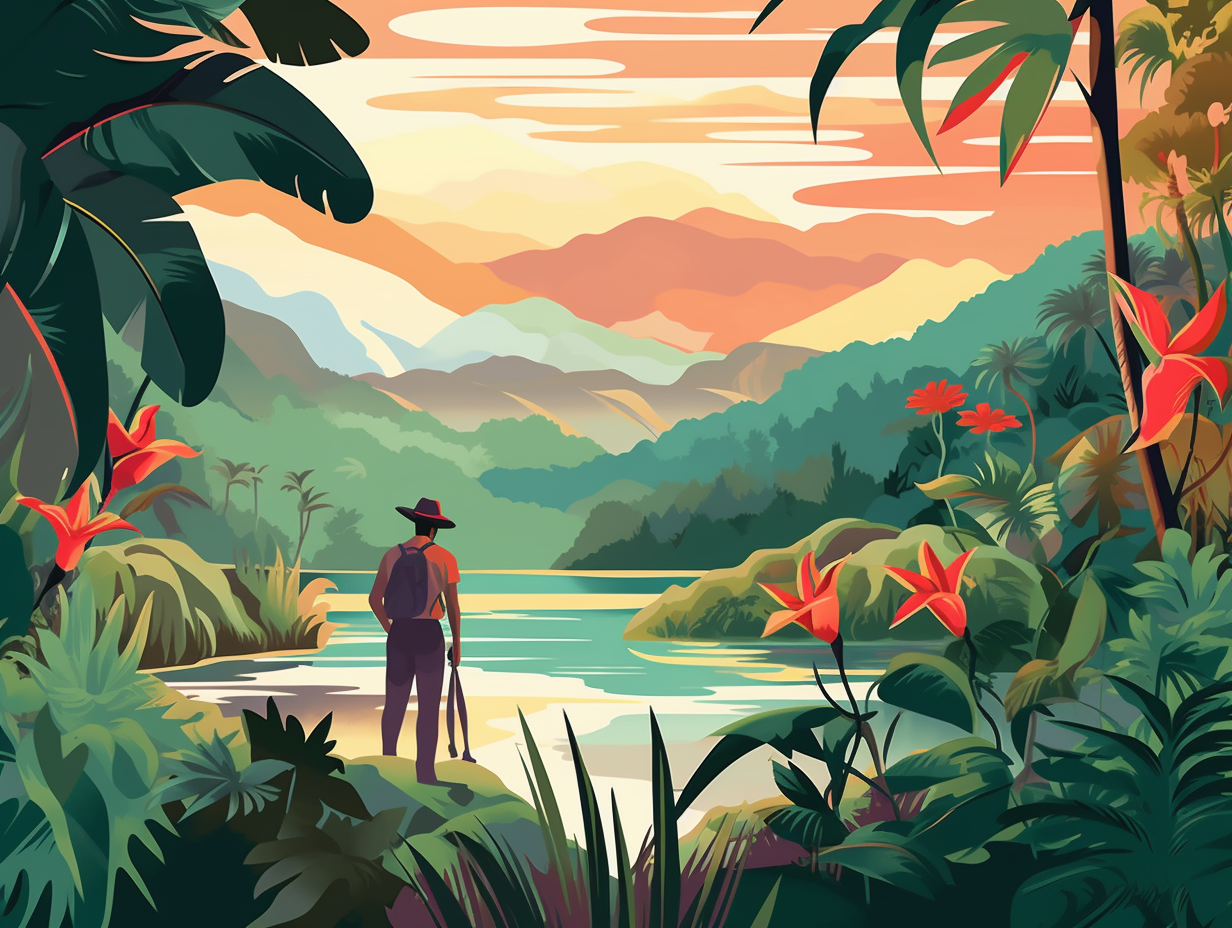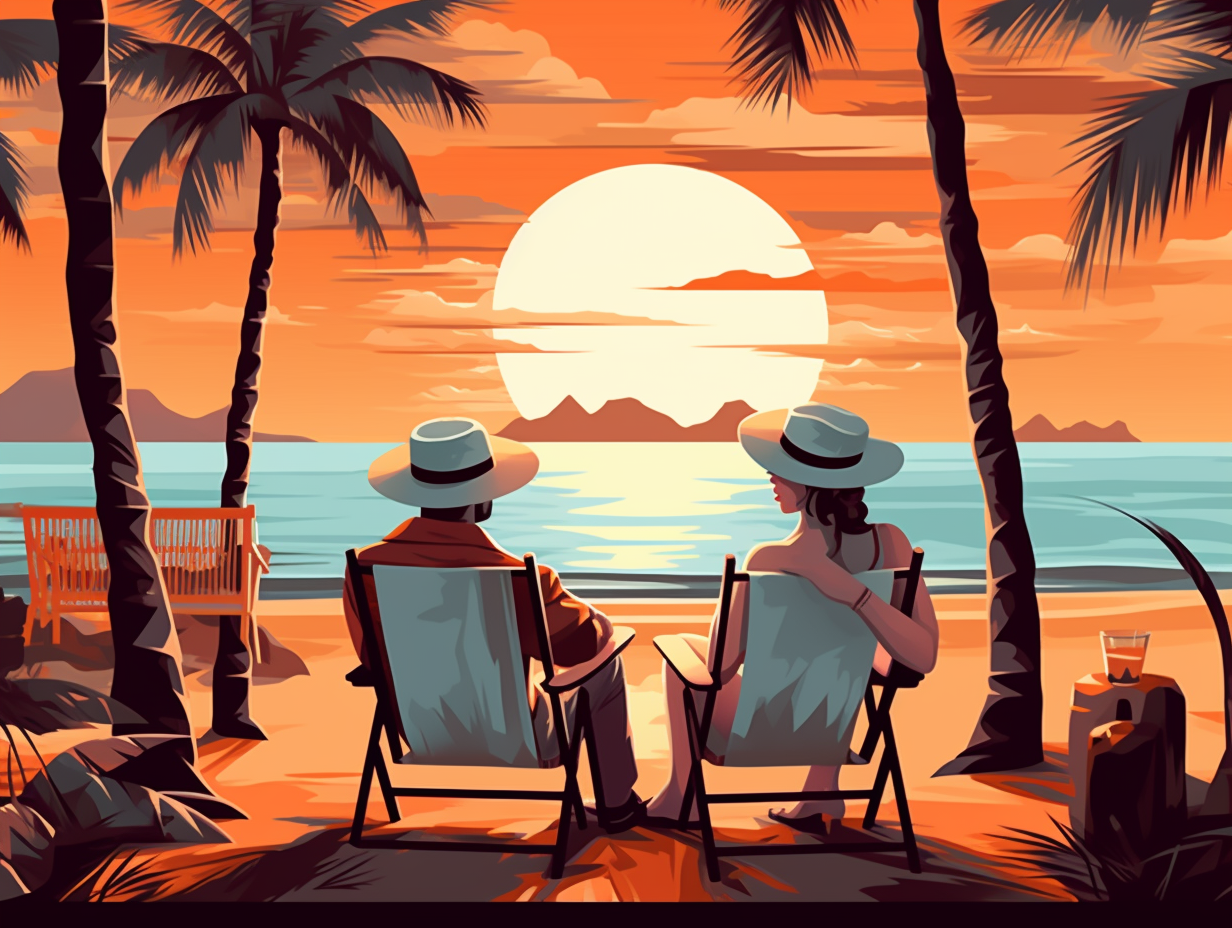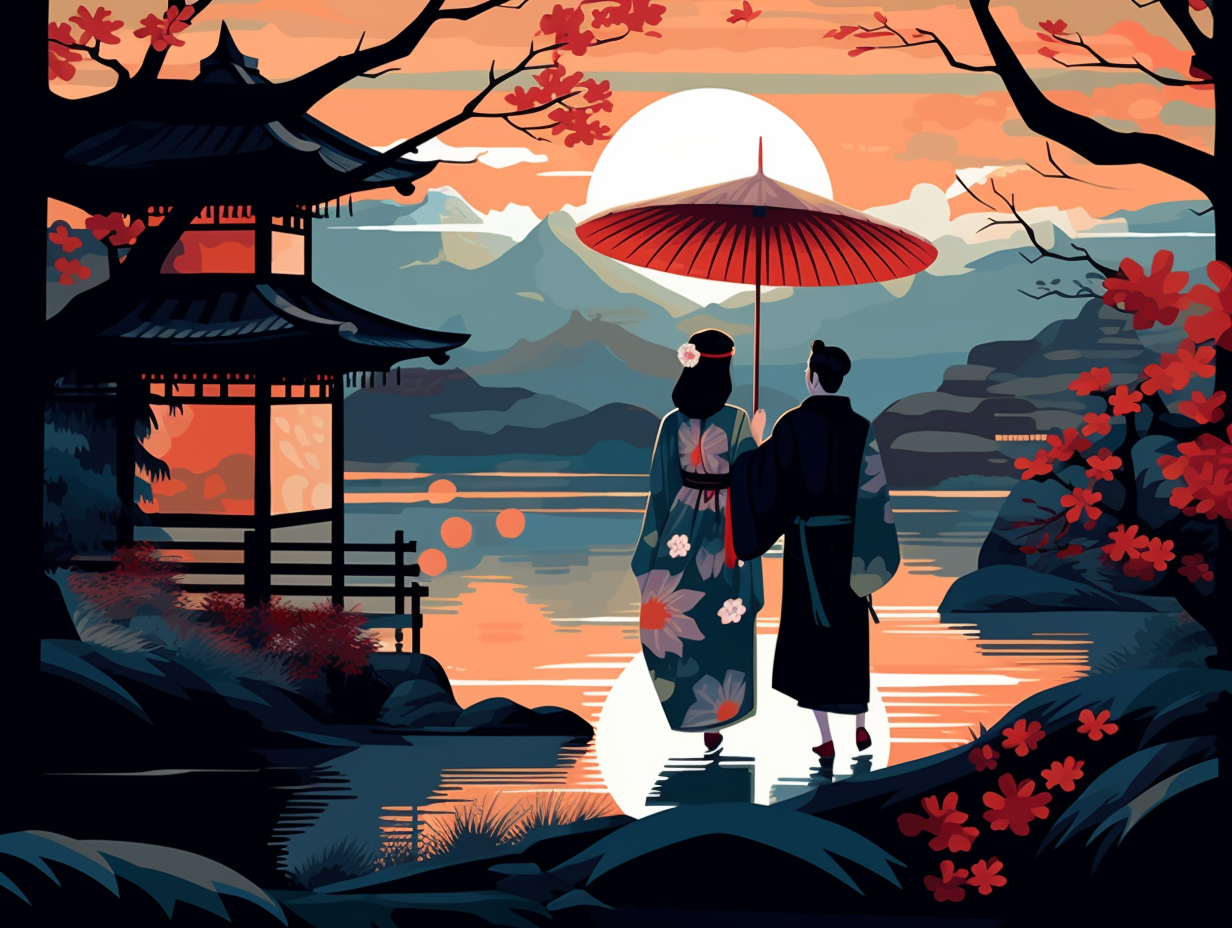Discover Parisian Pride: Top 9 Fun Facts About the French Flag You Never Knew!

1. Ivory Coast Surprise
Feeling a bit tipsy and playing spin-the-flag with the French tricolor? You might just end up with an Ivory Coast surprise! Here's the twist: if you rotate the French flag 90 degrees counterclockwise, you'll get the flag of the Ivory Coast. It's no coincidence – the Ivory Coast flag was actually inspired by the French tricolor, but they decided to spice things up with an additional orange stripe.
Source => reddit.com
2. Tricolor Mood Ring
Feeling blue, white, and red all over? It turns out the French flag's tricolor design might just be the original mood ring, reflecting the ups, downs, and warm fuzzies of the French Revolution: The blue, white, and red colors weren't chosen solely for nationalistic reasons but to represent the core values of liberty, equality, and fraternity, a motto that still stands proud in French society today.
Source => liberties.eu

Did you know Mexico holds the title for the most UNESCO World Heritage Sites in the Americas? Discover the fascinating mix of pre-Columbian ruins, colonial-era architecture, and natural wonders that make this country a cultural treasure trove! 🇲🇽✨
=> Fun Facts about Mexico
3. Two-Color Cockade Makeover
Hold on to your baguettes and berets, folks, because this patriotic pastel revelation might just make you say "ooh la la": The French flag, as we know it today, didn't start off with its iconic blue, white, and red stripes during the French Revolution! Instead, revolutionary rabble-rousers rocked the boat with a two-color cockade of Parisian blue and red until 1794. That's when artiste extraordinaire Jacques-Louis David stepped in, and with the law of 27 pluviôse, suggested to "bleu-tify" their flag game by adding the white in the middle and positioning blue nearest to the flagstaff – voilà, the tricolor was born!
Source => diplomatie.gouv.fr
4. Liberty-Inspired Palette
You know how French fries have a way of bringing people together at the dinner table? Well, the French flag aims for a similar effect, but with a bit more pizzazz and patriotic pride: Adopted during the French Revolution in 1789, the tricolor design of blue, white, and red symbolizes liberty, equality, and fraternity, and even takes inspiration from the colors of the Paris coat of arms. As for the red flag used by the French Communist Party, it's a whole different kettle of poisson, representing the working class and socialism with its own distinctive flair.
Source => reddit.com

5. No Flag Pastries
While Marie Antoinette may have apocryphally said "let them eat cake" during the French Revolution, she certainly didn't add "but only if it resembles the Tricolore": The French flag, a delightful concoction of blue, white, and red, surprisingly hasn't inspired the creation of any iconic French pastries, leaving sweet-toothed patriots to enjoy their éclairs and macarons untinted by nationalist flair.
Source => europeanwaterways.com
6. White Flag Couture
Before "white flag" became a universal sign of surrender, it had a stylish French career – donning the runway as naval couture, adorning overseas forts, and mingling with American settlers: Prior to the French Revolution, France used various flags, one of which was a white flag with three golden fleurs-de-lis, seen on warships and fortresses between 1590 and 1790, although it was later replaced by the royal white flag featuring fleur-de-lis during the Bourbon Restoration, rather than the tricolor.
Source => anyflag.com
7. Tricolor Telegraph
Who needs emojis when you've got flags? The French took the original 'waving the flag' to a whole new level: By using the colors of their flag to represent alphabet letters, the French Chappe telegraph system revolutionized long-distance communication, sending messages across the country in just a few hours. And they say the French only invented baguettes and berets!
Source => bbc.com
8. Flag Party Fashion
When the French flag throws a party for its regional buddies, they're all waving madly, flaunting their fancy colors and symbols, but our host, Le Tricolore, prefers to keep it simple with a classic red, white, and blue ensemble: combining the red and blue hues of Paris, and the white of the Bourbon dynasty, the French flag was crafted during the French Revolution and stands as the symbol of the French Republic, while the regional flags like the Gwenn-ha-du of Brittany or Corsica's testa di Moru, show off their individuality unapologetically.
Source => secretsofparis.com
9. Saintly Symbolism
Feeling blue, seeing red, or seeking divine protection? The French flag has you covered: Each color represents a saint, with blue for Saint Martin, red for Saint Denis, and white for the Virgin Mary – all acting as divine defenders of the French nation, with the Tricolor adopted in 1794 to replace the Bourbon's plain white surrender-waiting-to-happen flag.
Source => en.wikipedia.org
Related Fun Facts




















